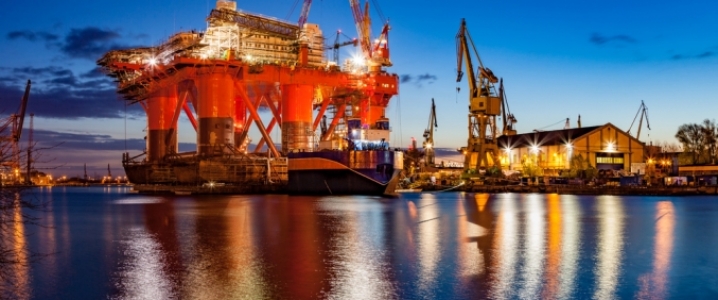The oil and gas industry has been in recovery mode for at least a year now, and although the improvement in performance is clearly there, the pace of the recovery has been somewhat uneven. Large-scale projects are usually a good gauge of an industry’s performance, so, as Wood Mackenzie analysts noted in a recent report, a lineup of megaprojects scheduled for final investment decision over the next 18 months will tell us how the recovery is actually going.
Right now, says Wood Mac analyst Angus Rodger, author of the Better Project Delivery: Upstream's Value Opportunity report, investors are watching oil and gas companies closely in anticipation of more good news after the launch of several megaprojects on time and within budget, and, of course, the increased investor returns.
The problem with the industry seems to be that when the going is good, financial discipline tends to slacken off leading to project delays and cost overruns. In fact, before the last downturn, the 15 biggest project cost overruns combined came in at US$80 billion, which makes an average of 53 percent over budget for each of these. Investors are right to watch the industry closely lest it return to its old ways.
Things are certainly improving and project delivery has become more efficient, Rodger says, with the average lead time from final investment decision to project launch down to less than three years in 2018 from more than four back in 2010 and the average payback period down to about six years from more than 15 in 2010.
The factors driving this improvement are six, as identified by Rodger, and these six factors would ensure the success—or their lack would doom—the next string of megaprojects that include LNG development in Mozambique, the Arctic, Papua New Guinea, and Canada, and oil projects in Nigeria, Brazil, the Gulf of Mexico, Senegal, and the North Sea, as well as the Caspian, and Uganda. Related: Is Deepwater Drilling More Profitable Than Shale?
First among these factors is spare capacity, but not just spare production capacity, but capacity across the supply chain. The abundance of spare capacity allows oil and gas companies to do better at a lower cost.
Second comes an emerging trend in the industry, and this trend is for increased collaboration between the upstream industry and oilfield services providers. For now, Rodger says, this trend is clearly evident in Northern Europe, but it could—and should—spread because it improves performance, and ultimately, bottom lines.
Third, unsurprisingly, is corporate discipline. The last downturn taught oil and gas companies to be stricter in their project screening and decision-making activities, so now they are wary of projects that would almost certainly go into cost overruns. Related: Shale Profits Remain Elusive
The fourth factor Rodger identifies on the report is simply better project management. The downturn contributed here as well. Now there are fewer projects to choose from, so companies can allow themselves to really make the best of them.
The fifth factor is related to the fourth: better pre-FID planning. With fewer projects and more attention given to each, companies are securing everything that can be secured in a project in advance, including contracts that are now more often awarded to existing partners instead of tendered openly.
Finally, oil and gas companies have, as a result of the downturn and the financial constraints it forced on them, turned to smaller, lower-cost and quicker-return projects. This shift has improved the chances of success for these projects. Now, the only danger is from the industry turning its back on all these as oil prices climb higher, and giving in to the temptation of growth without the means to maintain it.
By Irina Slav for Oilprice.com
More Top Reads From Oilprice.com:
- LNG: China’s Biggest Weapon In The Trade War
- Oil Prices Fall On Significant Crude Build
- Crude-By-Rail Could Save The Permian Boom

















